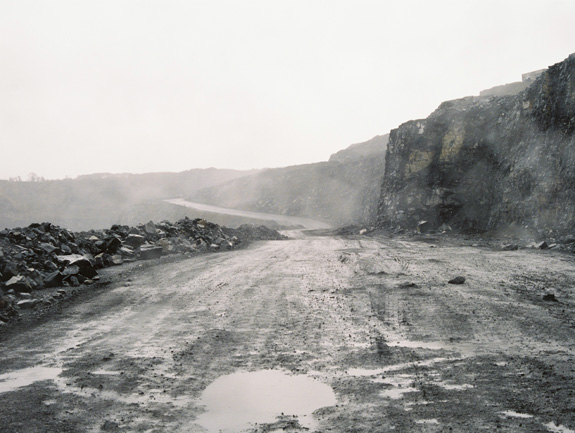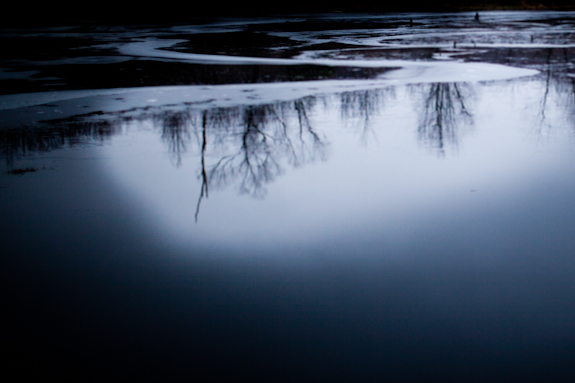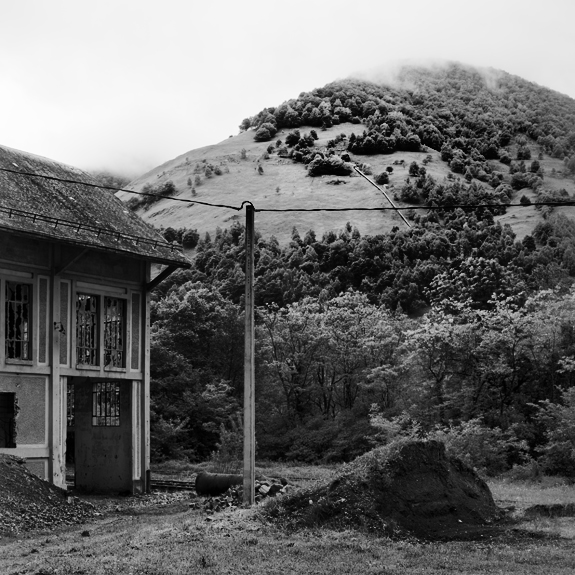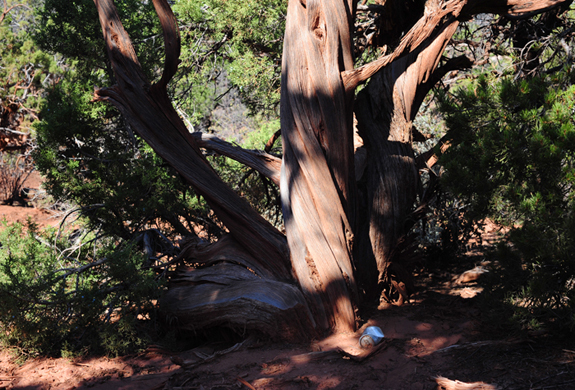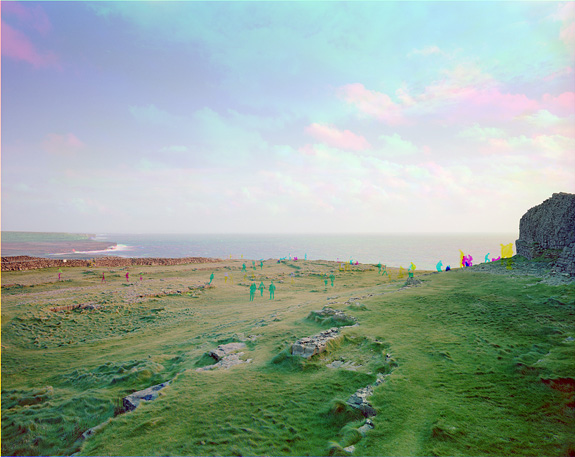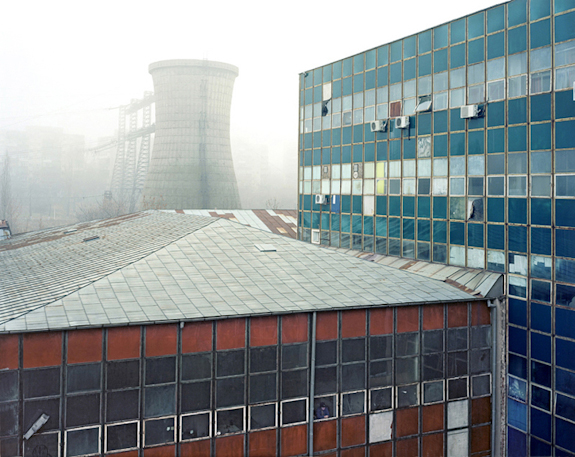
The Romanian landscape is presented by archiving scenes from my immediate surroundings and typical everyday situations, from the areas I could relate to as my landscape. The images are realized avoiding the research of a typology, letting the viewer spot common patterns, in order to go beyond the topographical aspect, and imagine the whole context.
The landscape became a container of situations and relations, describing the aesthetic relationships between landmarks coming from both the Communist period and the current reality. The objective representations of how architecture intervenes in space, mixes with spontaneous and universally-valid elements, together enabling the formation of a time and site-specific imagery of the Romanian landscape.
By showing how a simple scene from the everyday life tends to appear complicated by the simple reproduction of it — because usually the sum of details can’t be spotted on the fly, I’ve chosen to fix and enlarge details and situations, offering a larger angle of view, and the possibility to choose how to approach the image.
— Michele Bressan, Bucharest, Romania
